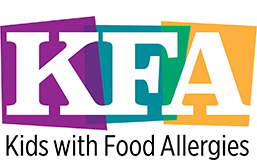Get Involved

Food Allergy Awareness Week and National Asthma and Allergy Awareness Month
The Asthma and Allergy Foundation of America (AAFA) declares May to be National Asthma and Allergy Awareness Month. It’s a time to educate patients, family, friends, school staff, coaches, and the general public about these diseases. The second full week of the month is the official Food Allergy Awareness Week: May 11-17, 2025.
Countdown to Food Allergy Awareness Month
Day(s)
:
Hour(s)
:
Minute(s)
:
Second(s)
Make allergy and asthma treatments accessible for all.
AAFA emphasizes it is critical to ensure people with food allergies and other allergic conditions can access essential life-saving medicines that (1) stop symptoms and (2) treat the underlying disease.
Food allergies and other related allergic conditions cause significant distress and emotional, social, and financial burden on individuals and families. In the United States, there are about 90,000 emergency department visits per year due to food-related anaphylaxis (a serious allergic reaction). Although rare, death from anaphylaxis can happen. Most of these deaths are preventable.
About 20 million people in the United States have food allergies (4 million are children).
1 in 17
children in the U.S. have food allergies
90,000
emergency room visits each year in the U.S. due to anaphylaxis to food
49%
people with food allergies incurred more debt due to food allergies
Your Voice Leads to Action
AAFA and its food allergy division – Kids with Food Allergies – supports the power of community action to drive change. During May, we invite you to join us and encourage policymakers to back solutions that protect the health of our community.
We need your help to advocate for:
- More affordable allergy treatments
- Better health care coverage
- Reduced barriers to health care
- Guidelines, regulations, and oversight to support clear food allergen labeling (including better “may contains” labels on pre-packaged foods, and allergen disclosures on restaurant menus and alcoholic beverages)
- Federal investment in food allergy research and programs
- Protection of school accommodations for students with food allergies
We call on everyone to increase their efforts to “Make Allergy and Asthma Treatments Accessible for ALL”. Visit our Advocacy Action Center now.
Social Media Tools
This toolkit contains facts and resources that anyone can use to raise awareness about food allergies.
Follow AAFA’s food allergy division, Kids with Food Allergies (KFA), on social media and use the hashtags #NAAAM, #FAAW, or #FoodAllergyAwareness when you share these resources.
Facebook: Kids with Food Allergies
Instagram: Kids with Food Allergies
LinkedIn: AAFA National
TikTok: FoodAllergyToks (KFA)
BlueSky: Kids with Food Allergies
YouTube: Kids with Food Allergies
Hidden
Fact Sheets
More than 100 million people in the United States have asthma and/or allergies. Some people may have more than one of these conditions.
- About 20 million people in the U.S. have food allergies (4 million are children).1,2
- Food allergies can develop at any time, but it starts in childhood most often.3
- Any food can cause food allergy. The most common food allergens in the United States are peanuts, tree nuts, milk, eggs, fish, shellfish, wheat, soy, and sesame.3
- Children with food allergies are more likely to have asthma or other allergic diseases.3
- Each year in the U.S., it is estimated that anaphylaxis to food results in 90,000 emergency room visits.4
- Severe allergic reactions to food need prompt treatment with epinephrine.3
- Although new treatments are being developed, there is currently no cure for food allergies.5
Download PDFs
Food Allergy Facts and Figures
Allergy Facts and Figures






Asthma Facts and Figures






Awareness Ribbons
Help raise visibility on food allergies, eosinophilic esophagitis (EoE), and FPIES by changing your profile pics for the month of May!
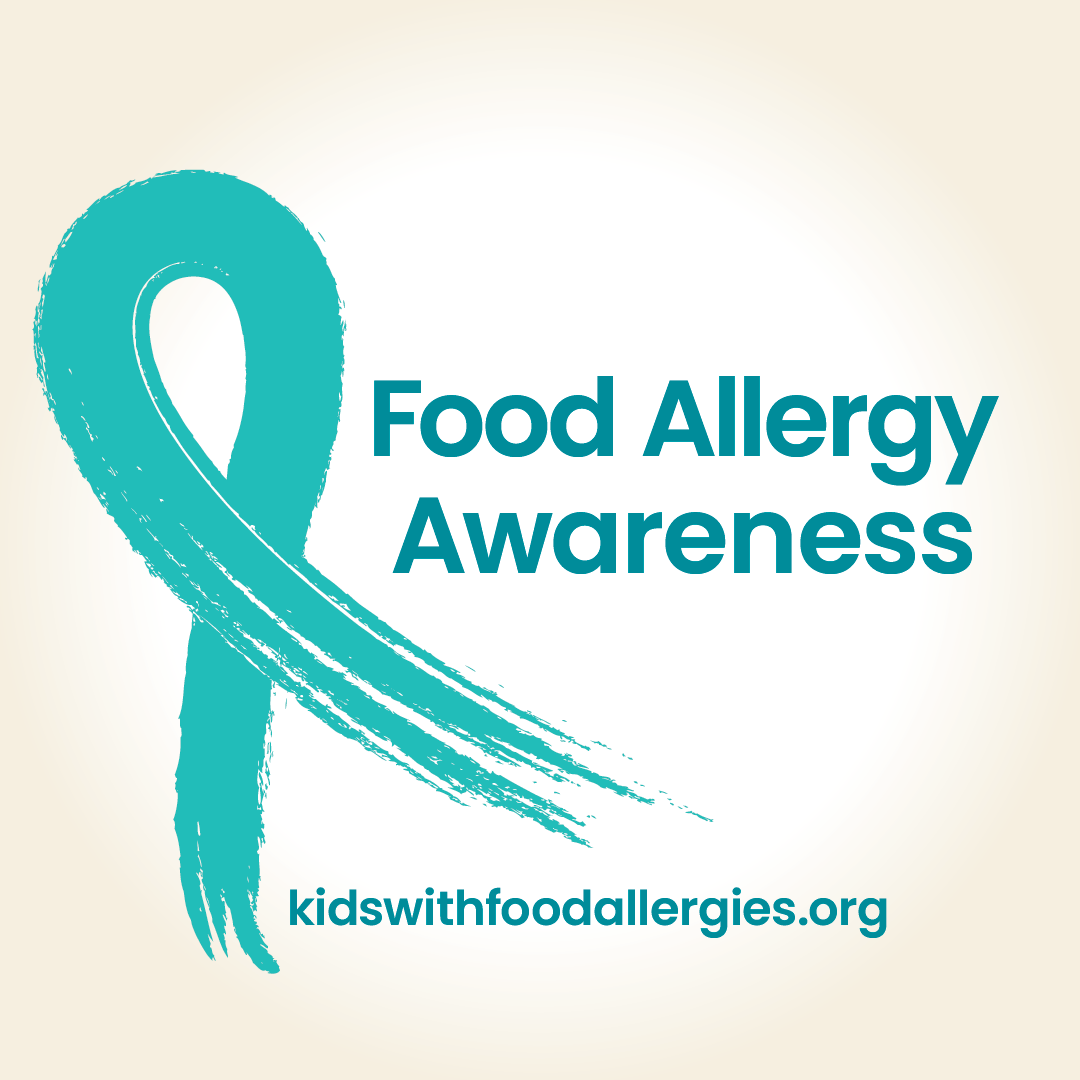

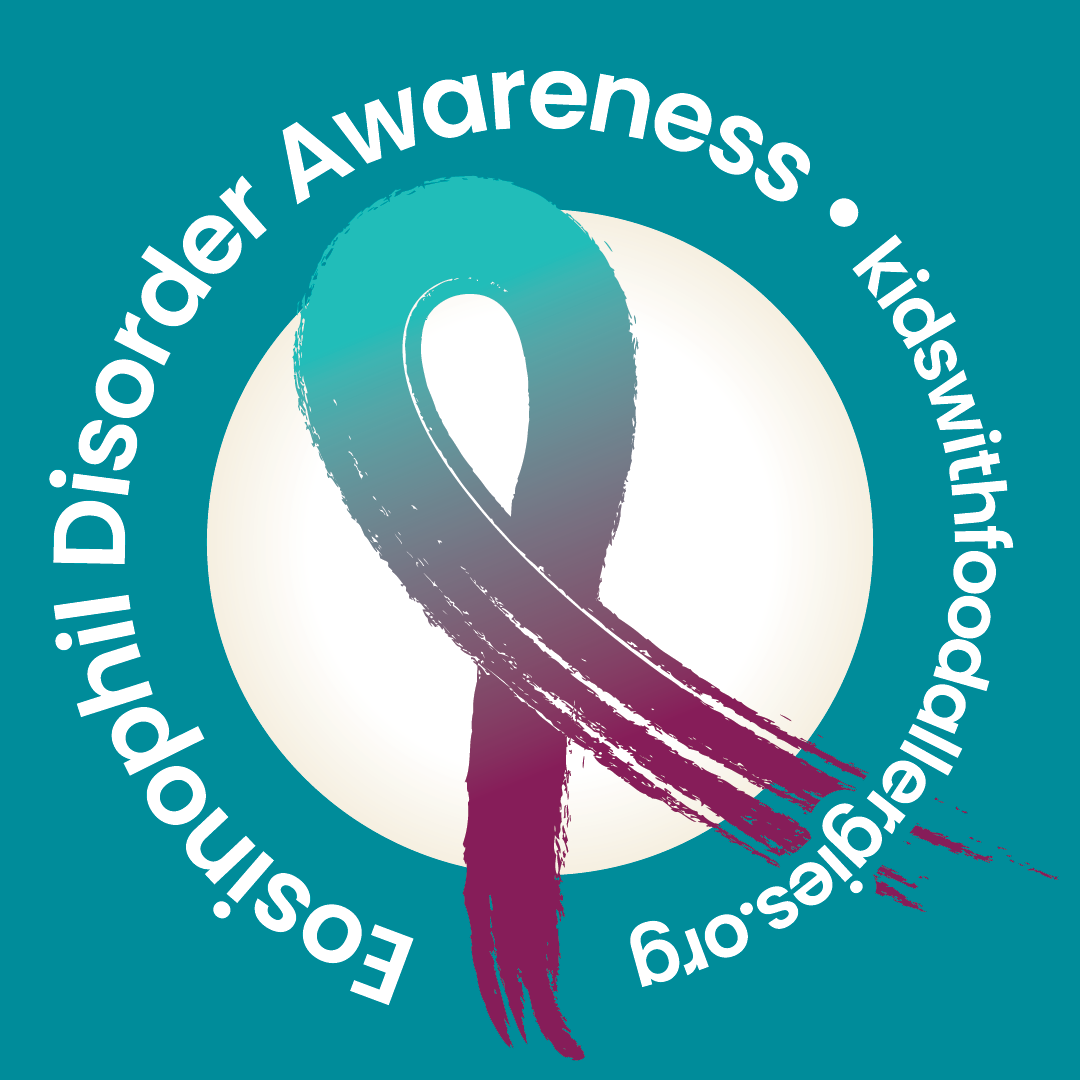

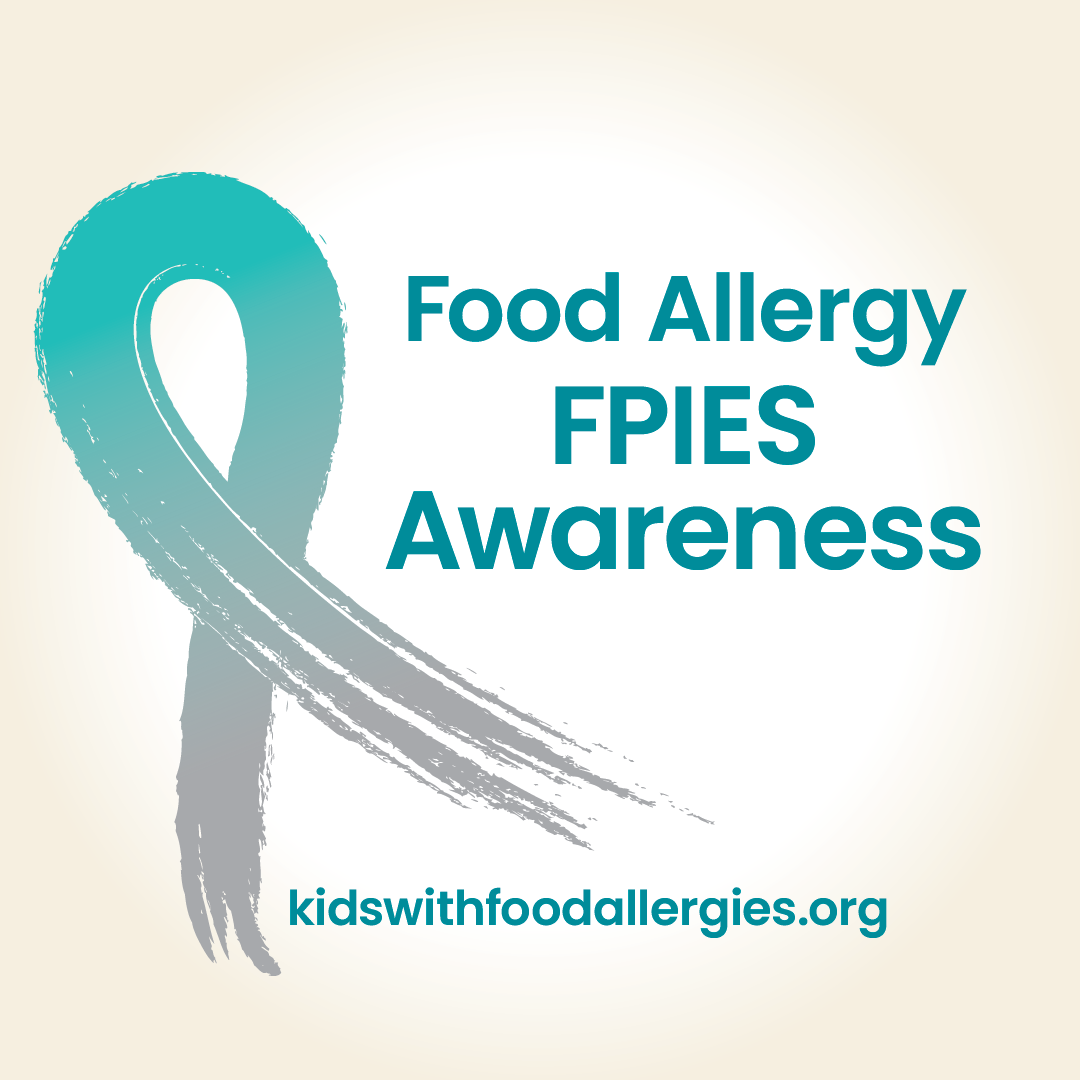

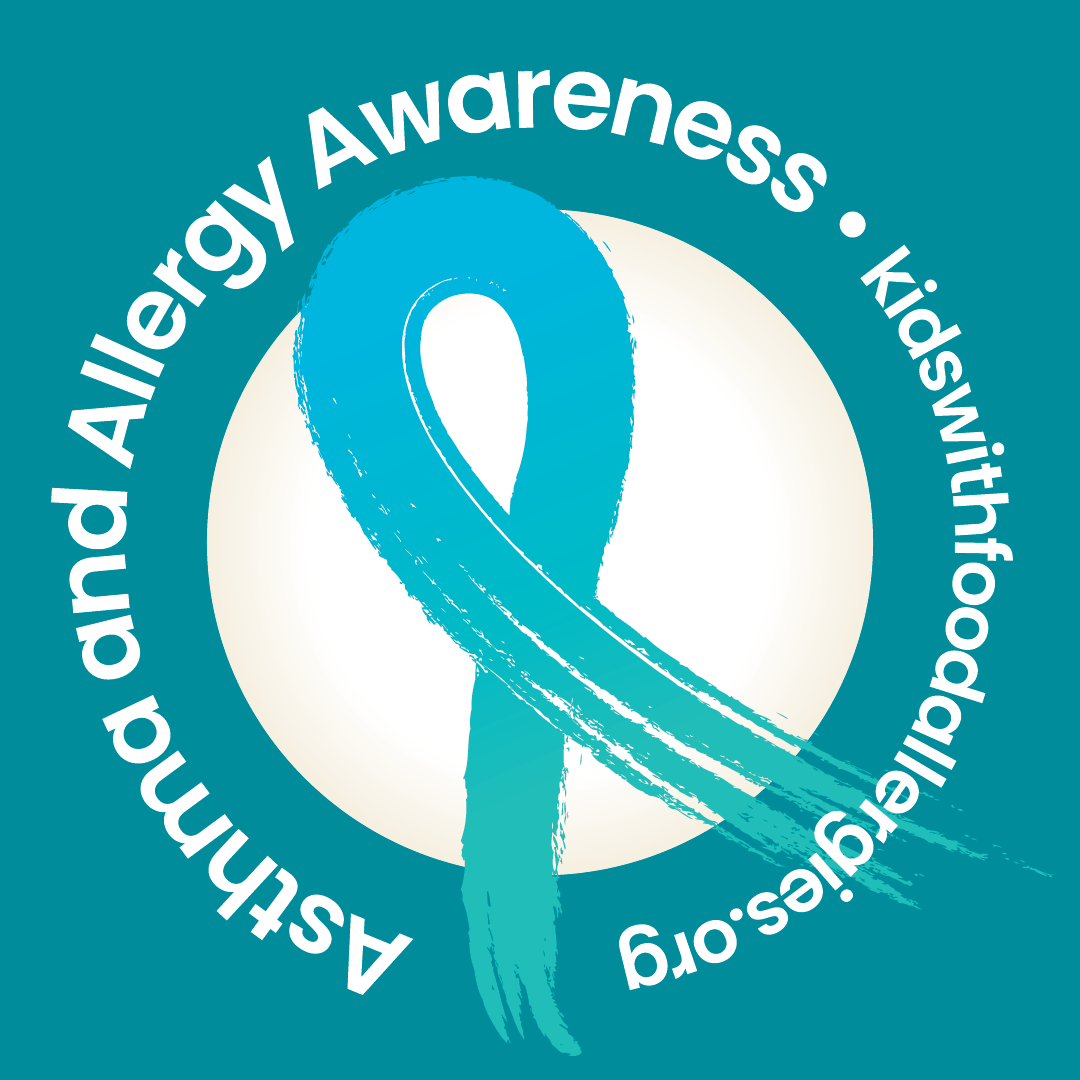

Sharable Images
You can download these images and copy the caption to post to social media. We have many shareable images throughout our website. Here are some of our favorites:
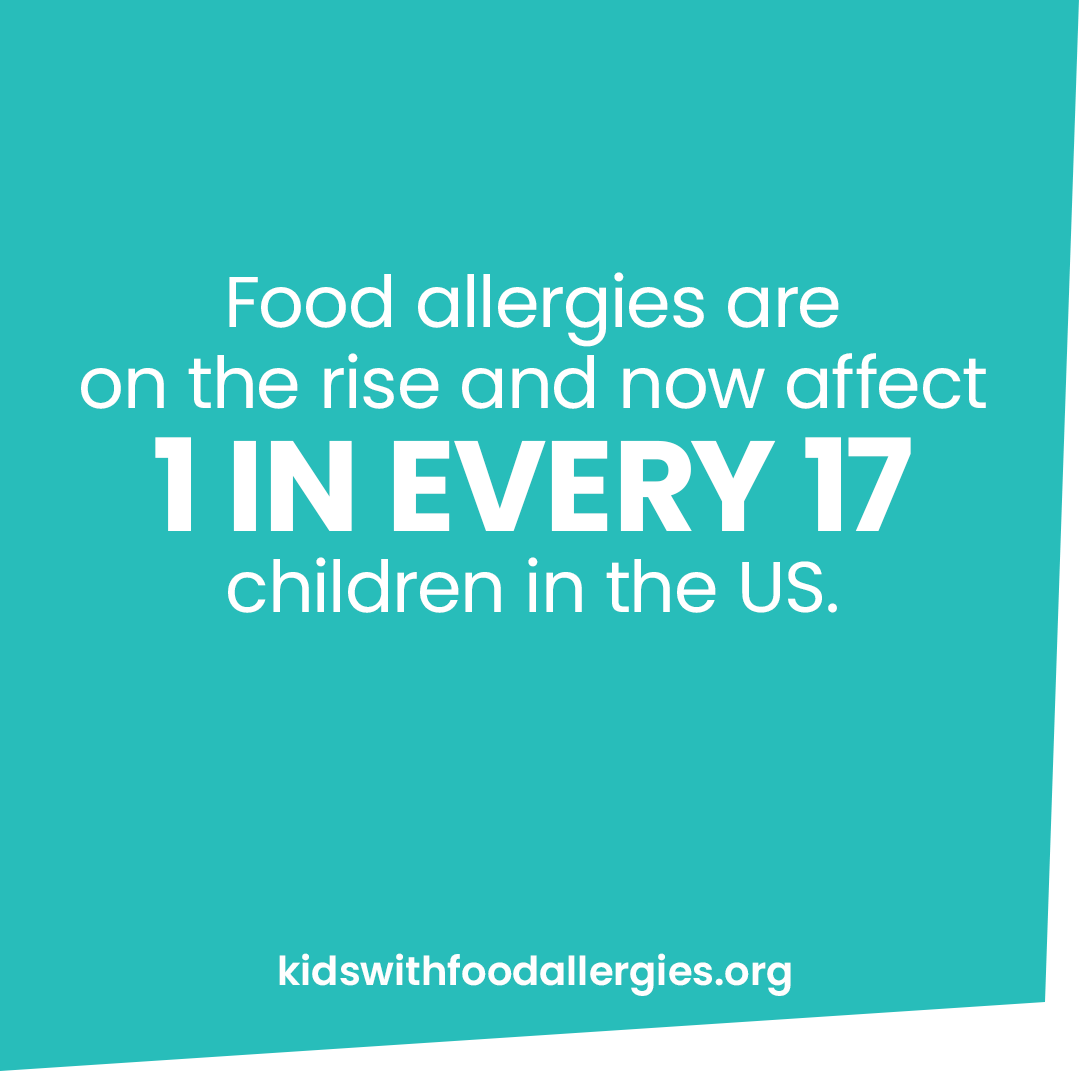

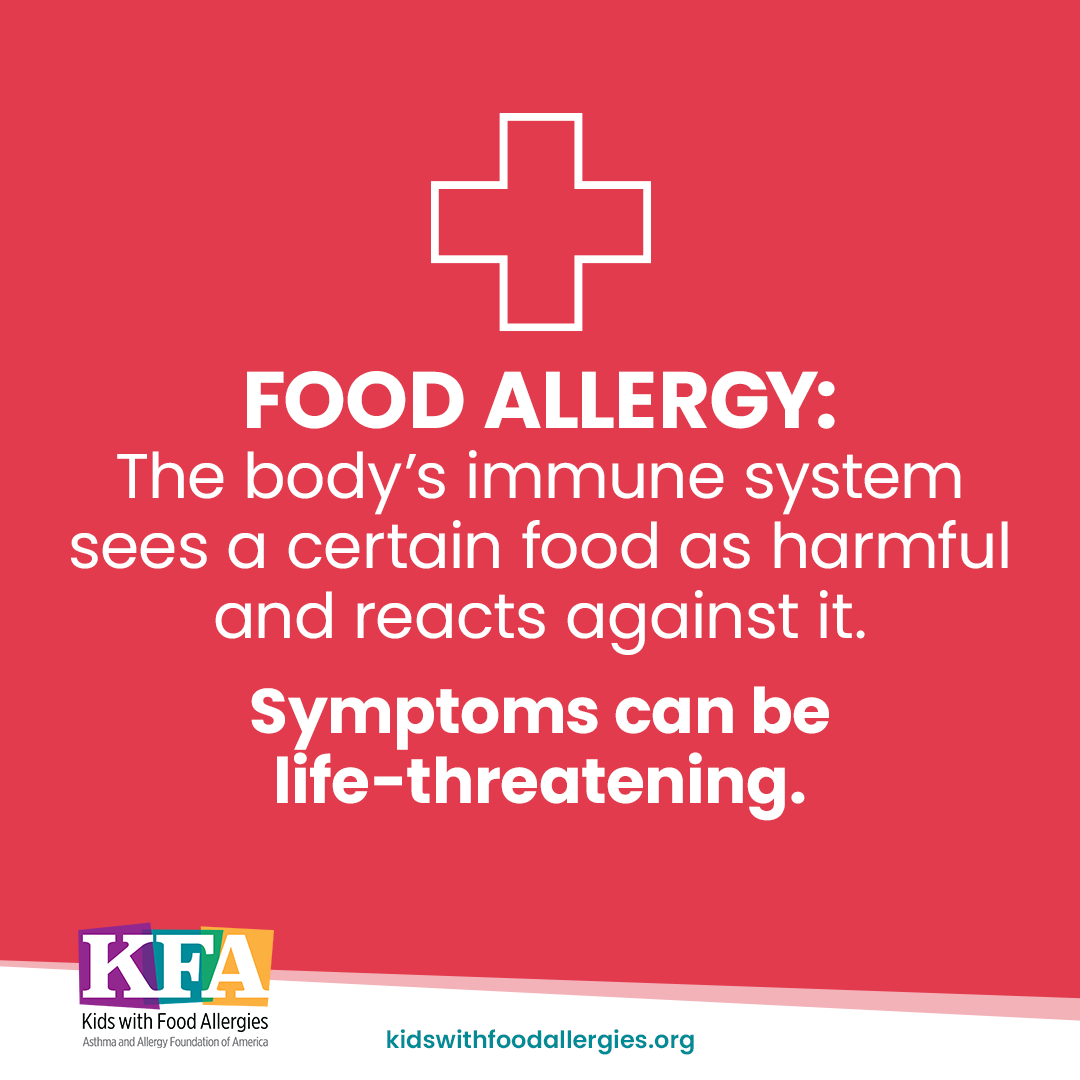





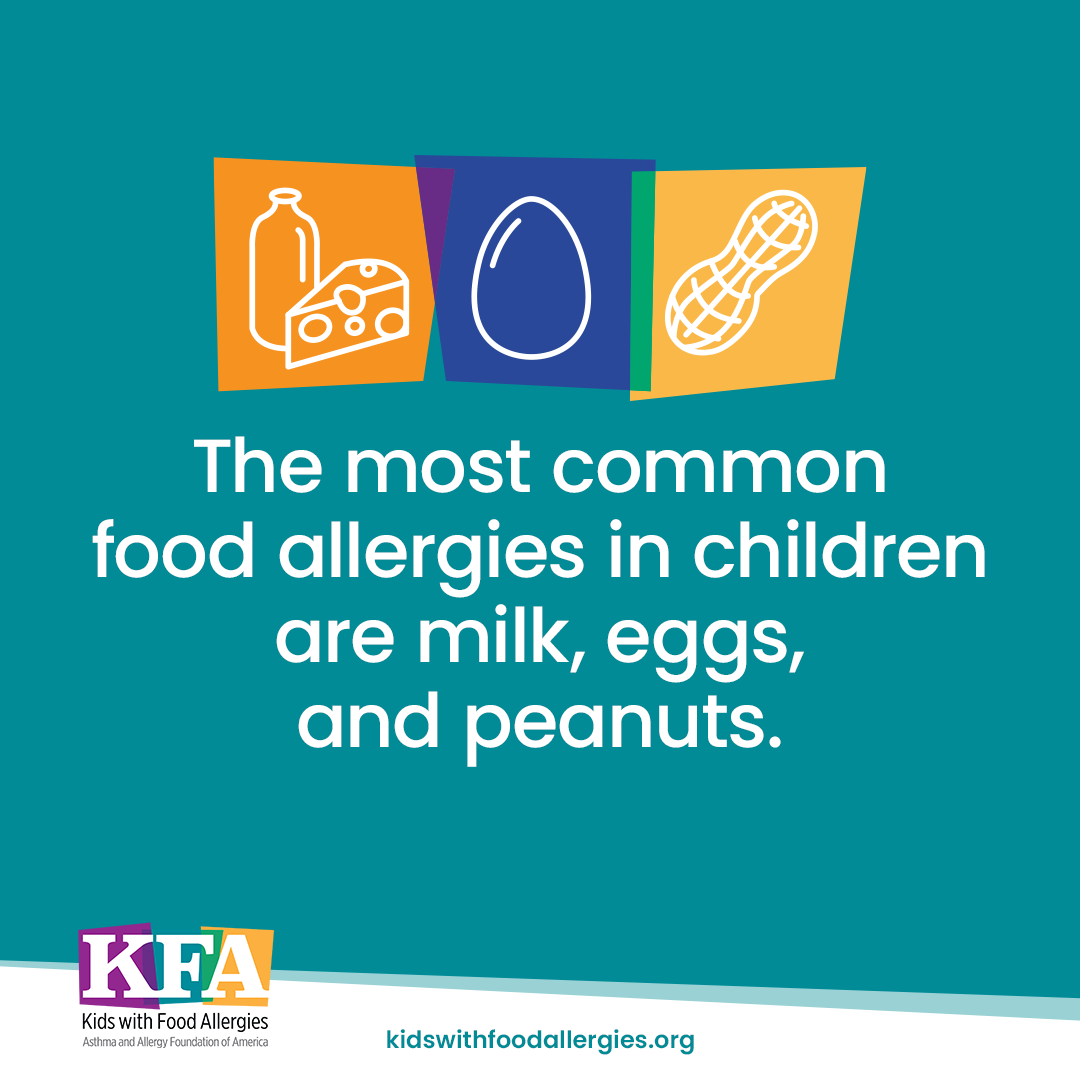



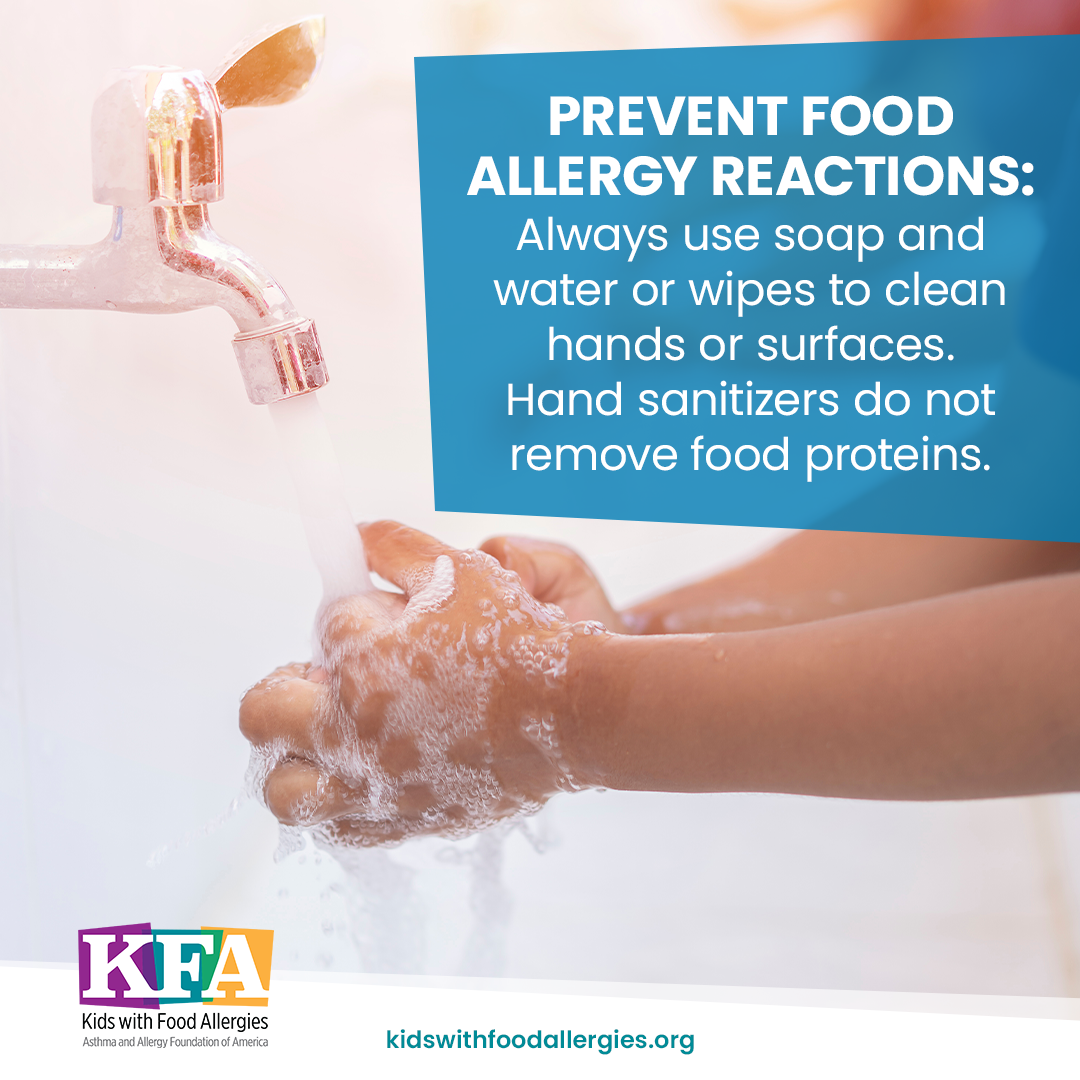



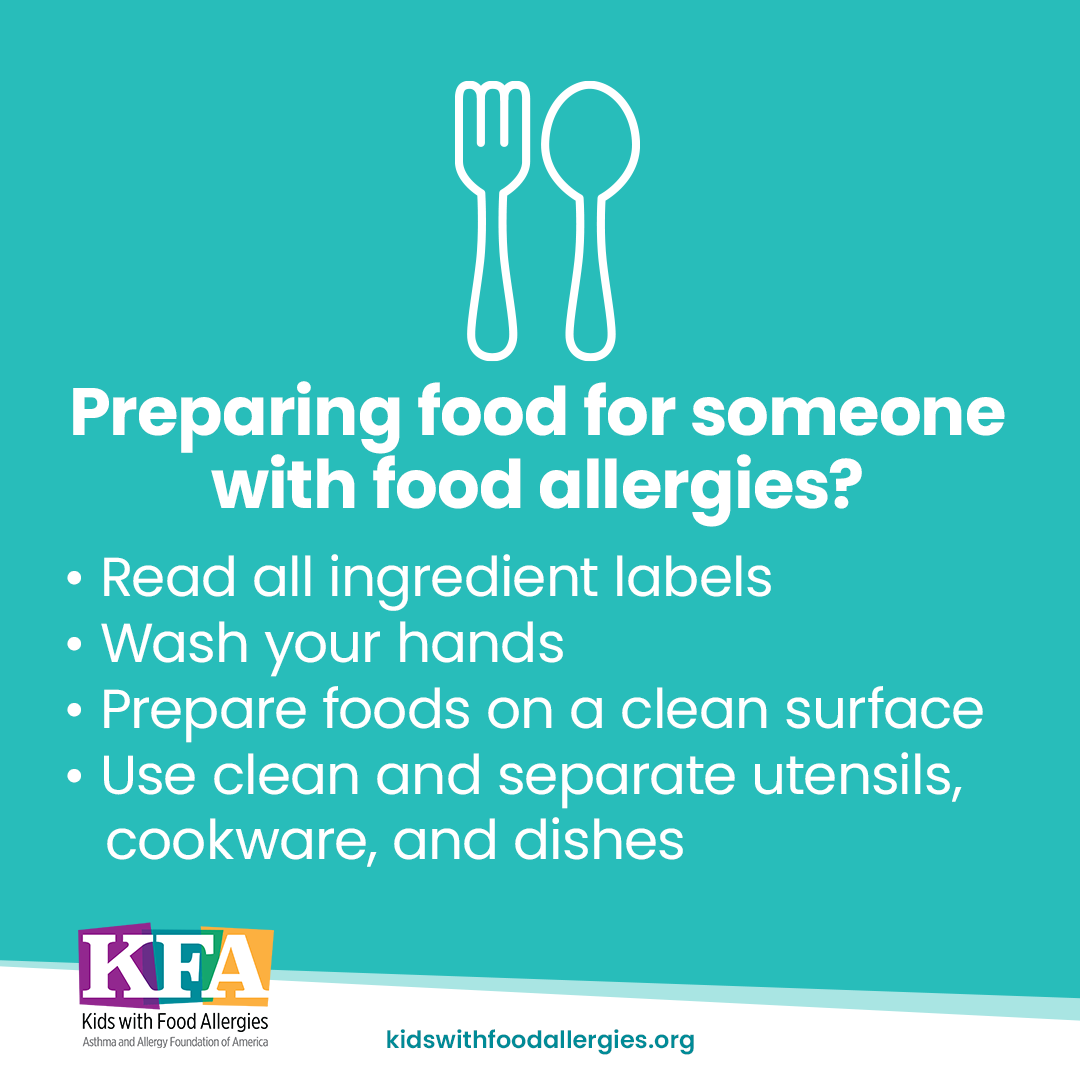









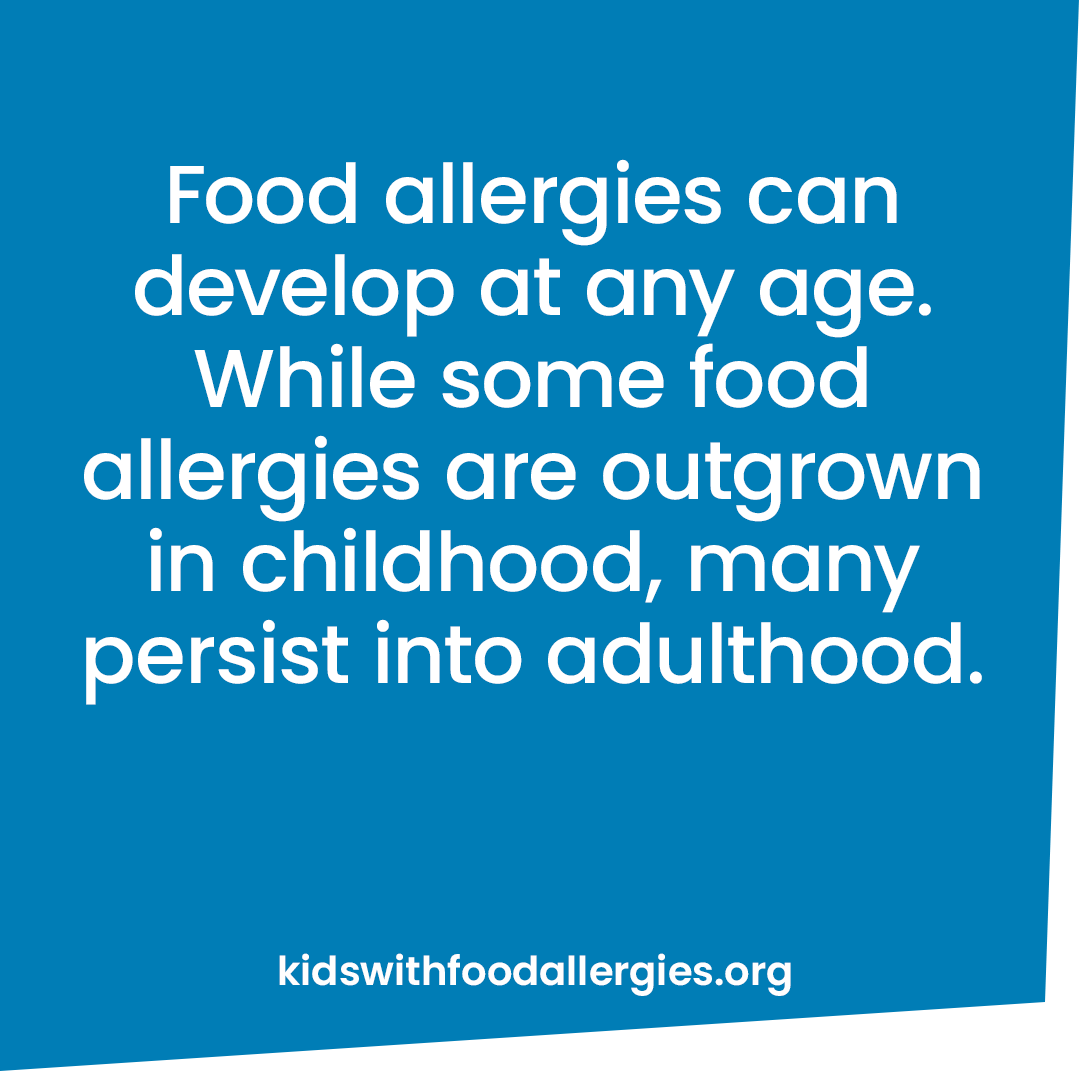



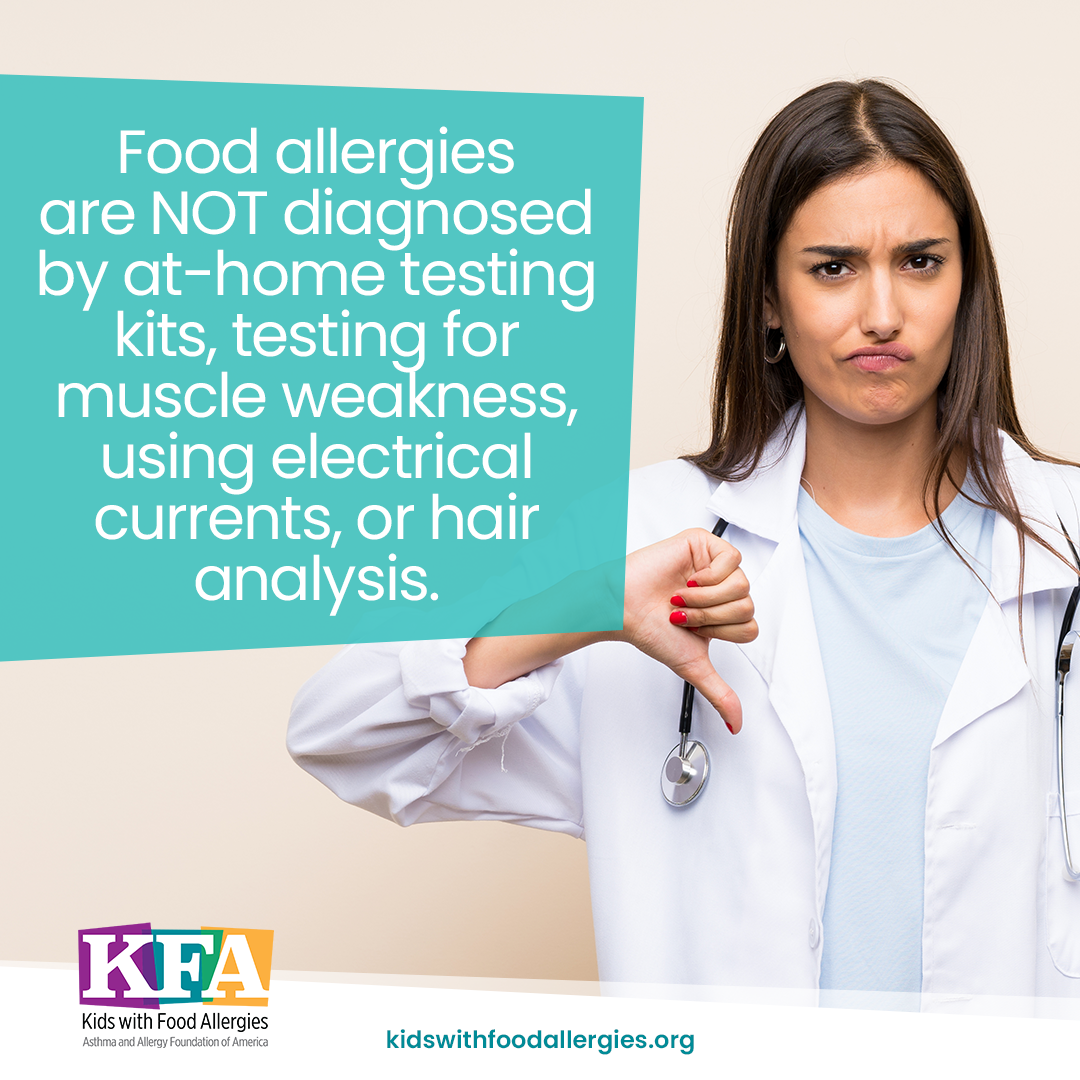

Hidden
Advocacy Toolkit
To help you get started, AAFA has some toolkits to help you find your elected officials and communicate with them.
Download PDFs
Modernizing Epinephrine Stocking Laws






Child Care Policies for Food Allergy: Elijah’s Law Report for U.S. States and Territories






2025 State Honor Roll™ of Asthma and Allergy Policies for Schools






References
- Ng, A.E. & Boersma, P. (2023). NCHS Data Brief, no 460: Diagnosed allergic conditions in adults: United States, 2021. National Center for Health Statistics. https://dx.doi.org/10.15620/cdc:122809
- Zablotsky, B., Black, L.I., & Akinbami, L.J.(2023). NCHS Data Brief, no 459: Diagnosed allergic conditions in children aged 0-17 years: United States, 2021. National Center for Health Statistics. https://dx.doi.org/10.15620/cdc:123250
- American College of Allergy, Asthma, & Immunology. (2022). Food Allergy. https://acaai.org/allergies/allergic-conditions/food/
- Clark, S., Espinola, J., Rudders, S. A., Banerji, A., & Camargo, C. A. (2011). Frequency of US emergency department visits for food-related acute allergic reactions. Journal of Allergy and Clinical Immunology, 127(3), 682–683. https://doi.org/10.1016/j.jaci.2010.10.040
- U.S. Food & Drug Administration. (2023). Food Allergies. U.S. Department of Health and Human Services. https://www.fda.gov/food/food-labeling-nutrition/food-allergies
Food Allergen Labeling in Restaurants (Webinar)
Eating out with food allergies in the U.S. can be challenging. We need food allergen labeling laws for restaurants to help protect people with food allergies and prevent severe allergic […]
